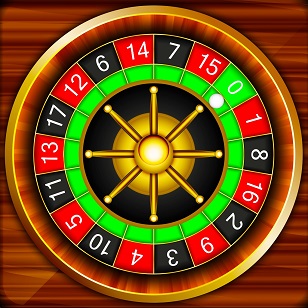
As end users of the communication channel, we had to take part in the tests of the modified communication system. As a matter of fact, our participation was simple - to bring a laptop and an interface unit, connect it to the system and continuously output any information frames from the computer as some kind of "payload".
The developers had to run the system in different modes, and then the telemetrists had to give us the received data array. After that, we had to check the checksums (sorry, cyclically redundant code) of each frame and, if we find errors, enter their number in the test report.
Therefore, it was necessary to prepare a simple program (in terms of software) for testing. And the question arose, what to give out as "information"? After all, we decided not the trivial "lattice" AA55, but a pseudo-random sequence using a primitive Galois polynomial.
The algorithm is really very simple there:
;---- ----
: MOV EBX, ;
MOV CX,_ ;
;---- ----
M1: MOV EAX,1
XCHG CH,CL
SHL EAX,CL
XCHG CH,CL
;---- ----
ROR EBX,1
JNB M2
;---- - ----
AND EAX,EBX ;
MOV EAX,1
JNZ @
SHL EAX,CL
OR EBX,EAX ; =0, 1
JMPS M4
@: SHL EAX,CL
NOT EAX
AND EBX,EAX ; =1, 0
JMPS M4
;---- - ----
M2: AND EAX,EBX ;
MOV EAX,1
JZ @
SHL EAX,CL
OR EBX,EAX ; =1, 1
JMPS M3
@: SHL EAX,CL
NOT EAX
AND EBX,EAX ; =0, 0
;---- ----
M3: CLC
RCR ,1
JMPS @
;---- ----
M4: STC
RCR ,1
;---- ----
@: DEC ; ?
JNZ M1
MOV ,8 ; 8
MOV ,EBX ;
MOV AL, ;
RET
( ) . 32 . .
, 2 . , . , .
. , : « » !
? . . : . , - , .
: , «» ( ? «»!), . : ! , .
-, -. !
.
, . , « »? – . , , : , .
, . « » , , . – , «» ( ). , « » : , .
, , , , .
, (, , ) . . 20 4 , , , .
, . , , . , , , , , . , , , FPU .
- . , , - . : . , , « », : « , , » - , , ! ( ) .
If Galois had not died at a young age, how many more discoveries he could have made. And if he met with Charles Babbage, or with Ada Lovelace, perhaps we would now live in a completely different computer world ...